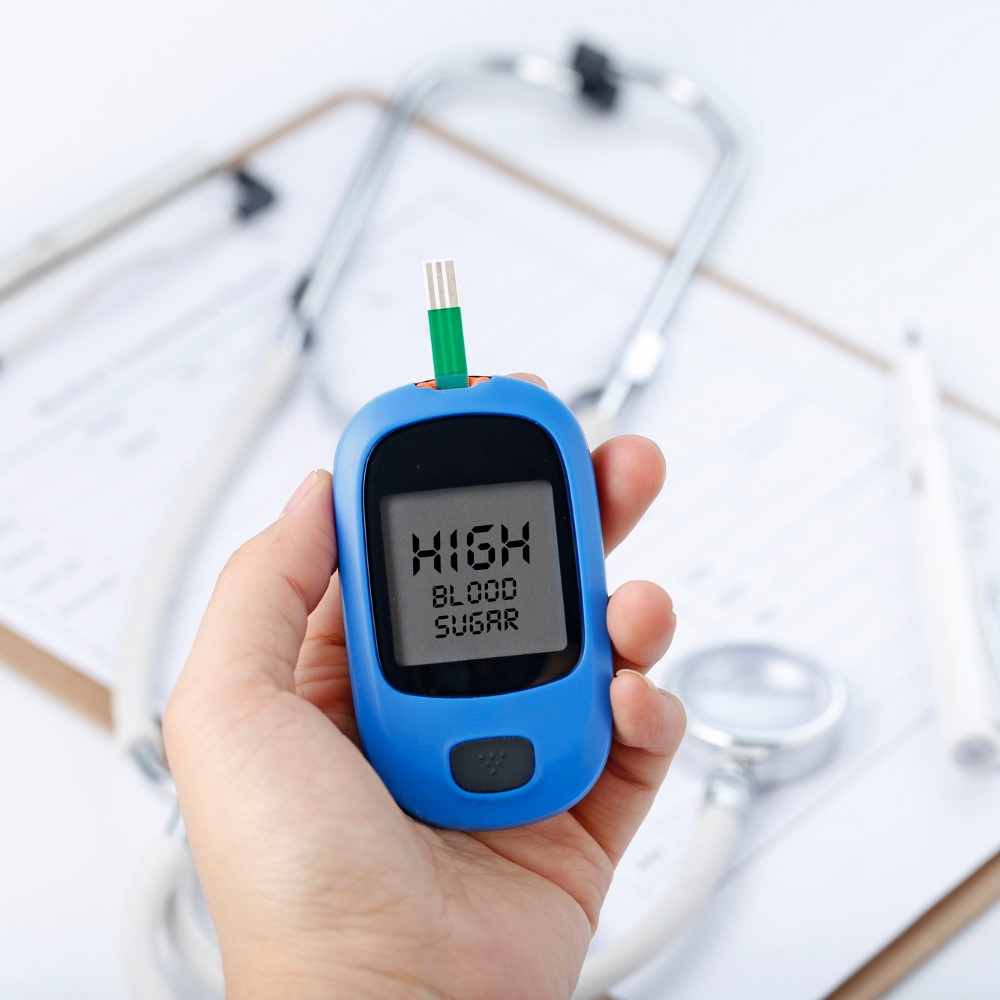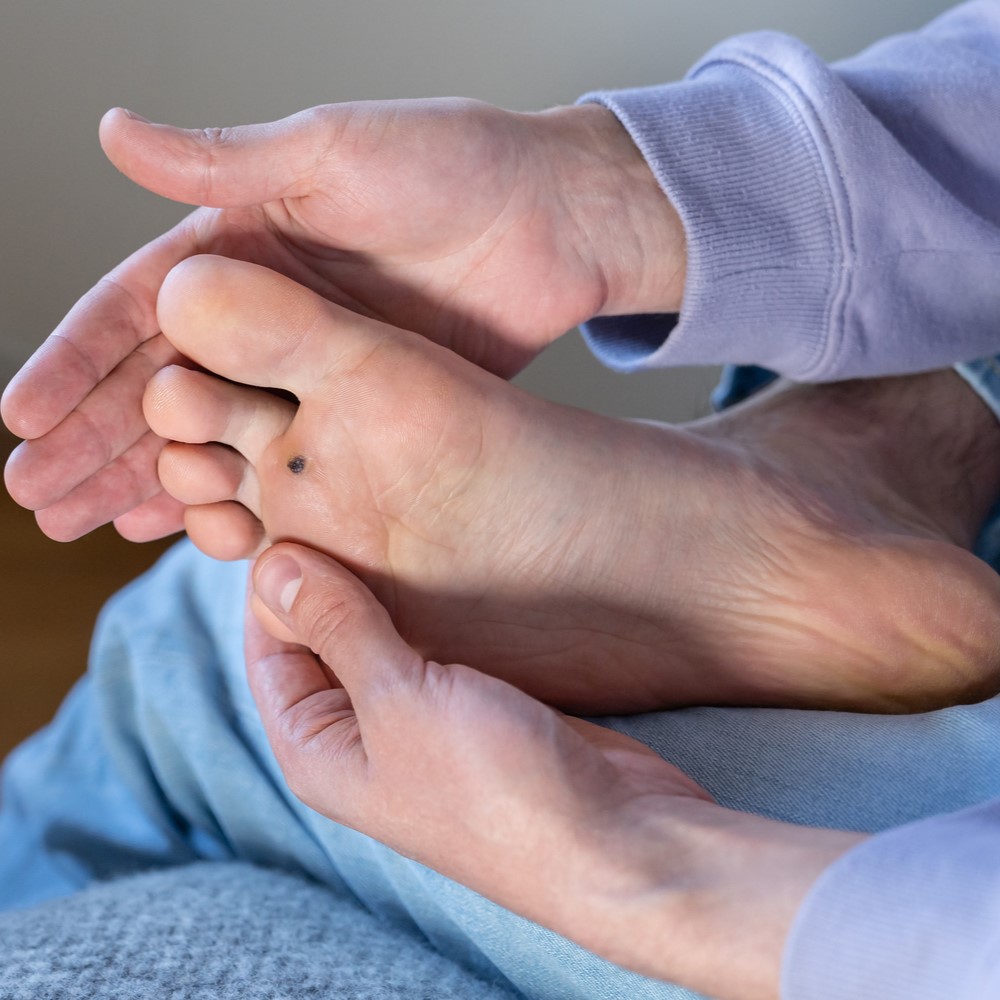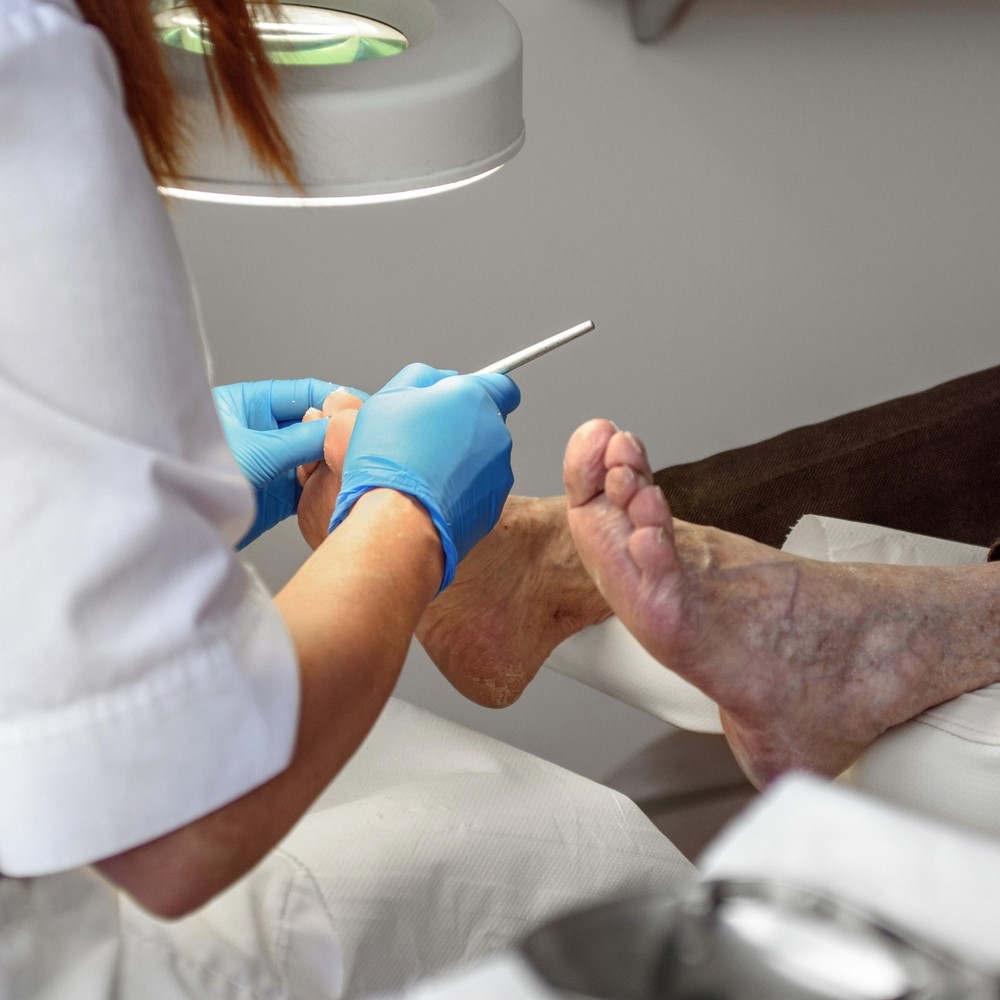Regular dentist visits: The key to a healthy smile
Think you can skip the dentist this time around? Think again! Regular dentist visits are essential. But don’t worry, we’re here to give you the scoop on why regular dentist visits are so important, and how to make the most of your next appointment. So read on, and learn why your dentist is your best friend when it comes to keeping your smile healthy and bright. Why Regular Dentists Visits Are Important? Regular dentist visits are essential for maintaining good oral health. Dentists can help you prevent problems like cavities, gum disease, and tooth loss. They can also identify and treat any existing problems early on before they become more serious. Find out why dental care is important. The American Dental Association (ADA) recommends that everyone see a dentist for a checkup and cleaning every six months. However, you may need to see a dentist more often if you have certain health conditions or risk factors, such as: Benefits of regular dentist visits: What to expect during a regular dentist visit During regular dental visits, your dentist will: Tips for maintaining good oral health between dentist visits: By following these tips, you can maintain good oral health and enjoy a healthy smile for a lifetime.
Regular dentist visits: The key to a healthy smile Read More »





